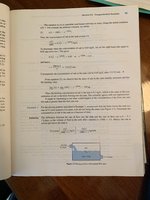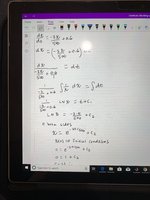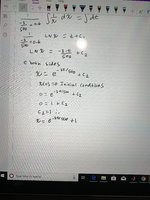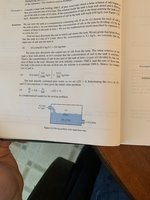Cookiemnstr510
New member
- Joined
- Jan 15, 2020
- Messages
- 1
Hello All,
I previously took DE and I am trying to brush up a bit. I am stuck on a mixing problem right now. I will post the problem below. I am wondering how they get the answer in the book. It seems like they skip multiple steps and I would like to see those steps.
I have also attached my attempt at the problem.THE PHOTOS ARE A BIT OUT OF ORDER, the last one is the first one, the. The rest are in order.
Thanks
I previously took DE and I am trying to brush up a bit. I am stuck on a mixing problem right now. I will post the problem below. I am wondering how they get the answer in the book. It seems like they skip multiple steps and I would like to see those steps.
I have also attached my attempt at the problem.THE PHOTOS ARE A BIT OUT OF ORDER, the last one is the first one, the. The rest are in order.
Thanks




